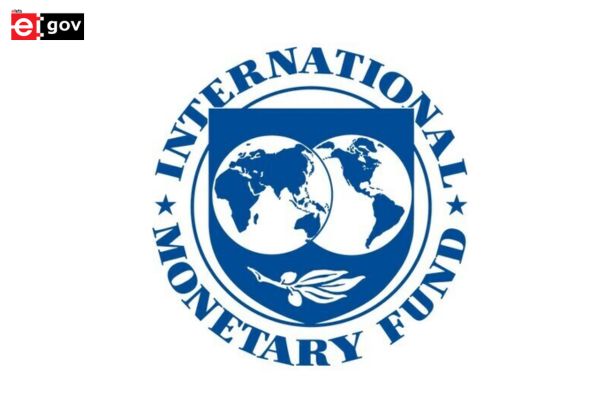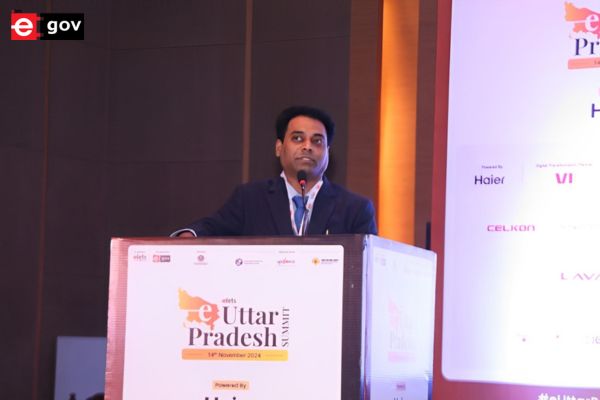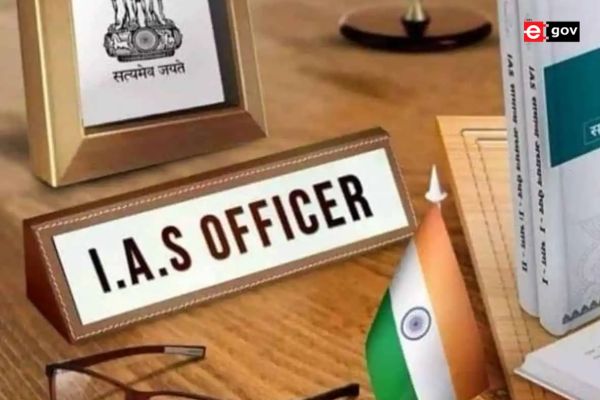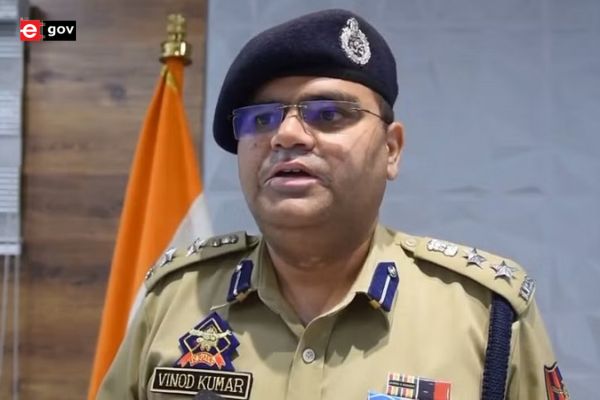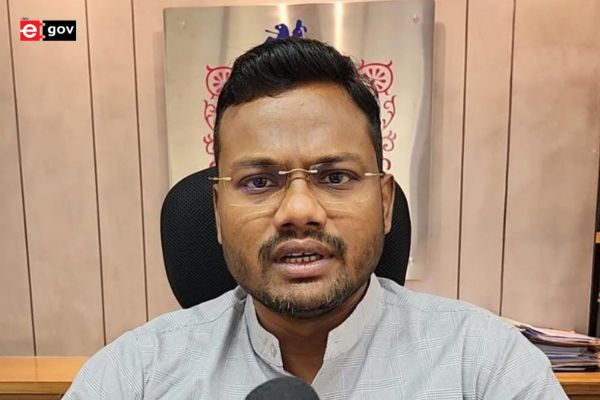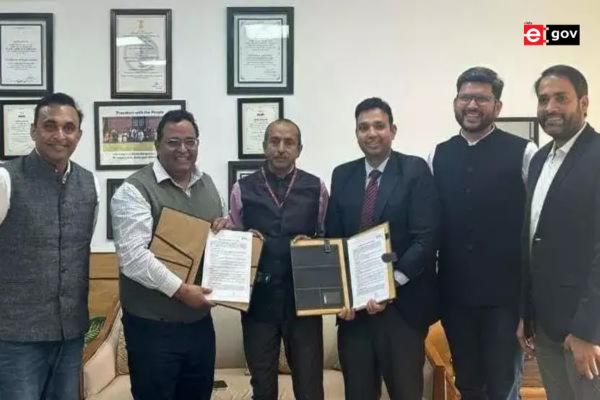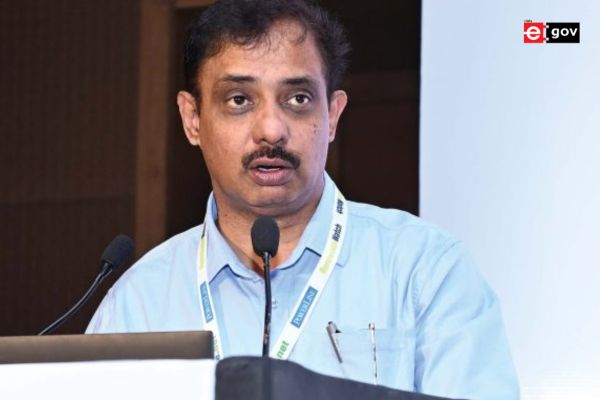
National Map Policy and liberalised geospatial policies provide opportunity to support development without compromising security
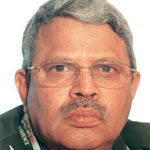 By Maj Gen R C Padhi,
By Maj Gen R C Padhi,
MOGSGS, Military Survey, Indian ArmyICT has brought the capabilities in depiction, integration, visualisation and analysis of geo spatial data. Improved bandwidth, high speed data processors and data storage capacity have enabled fusion of military and intelligence inputs so that a common operational picture is made available to all security managers, commanders and officers at different levels.The implications of global realignments of power and a troubled neighborhood are key foreign policy challenges facing India.National Map Policy and liberalised geospatial policies provide opportunity to support development without compromising security. High resolution mapping and GIS requirements being huge outsourcing of defence needs to geospatial industry recommended. Geo spatial industry required to invest in aerial survey, image processing, LiDAR mapping, and development of GIS applications. There is intense focus on capacity building by academia and universities.
Policy requires further liberalisation to make it more industry friendly and support on PPP mode on geospatial services. Change in mindset of security agencies is necessary to look map as a development tool instead of security threat.
National Map Policy
Maps need to be properly geo-referenced, because worldwide there are so many reference frameworks that most people get confused. So there is a need of a common reference framework.
It is with this concern that the National Map Policy has been designed on a global reference framework. It was mandated to take leadership role in liberalising access of spatial data to user groups without jeopardising national security through this map policy. Two series of maps namely Defence Series Maps (DSM) and Open Series maps (OSM) have been approved in this policy. Defence Series Maps are the topographical maps on various scales with heights, contours and full content without dilution of accuracy.
User agencies can use OSMs on hard copy and web with or without GIS data base. All transactions will be registered in the Map Transaction Registry (MTR) with the details of the receiving agency or end users. Accuracy of OSMs and DSMs are derived from National Topographical Data Base (NTDB).
Remote Sensing Data Policy
The Government of India has adopted the Remote Sensing Data Policy (RSDP) –containing modalities for managing and/or permitting the acquisition/dissemination of remote sensing data in support of developmental activities.
Department of Space (DoS) of the Government of India will be the nodal agency for all actions under this policy, unless otherwise stated. All data resolutions up to 1.0m shall be distributed on a non-discriminatory basis and as requested by DoS. The policy tries to balance the demand for higher resolution data with the country’s security considerations. The requirement for images with a resolution of less than a metre was picking up because of its usefulness for urban planning and infrastructure mapping.
Data of one meter resolution and better will also be screened as above & distributed to government users without any further clearance. Private agencies recommended by at least one government agency for use of one meter and better resolution data for developmental activities can obtain without any further clearance. Specific sale and non-disclosure agreements to be concluded between NRSA and users for data of 1m resolution and better.
OSMs are compatible with GPS and satellite imageries. Maps, imageries in public domain contain info required by antinational groups and adversaries. Security forces must be able to exploit the technology ensuring the security and integrity of the data.
Be a part of Elets Collaborative Initiatives. Join Us for Upcoming Events and explore business opportunities. Like us on Facebook , connect with us on LinkedIn and follow us on Twitter, Instagram.
"Exciting news! Elets technomedia is now on WhatsApp Channels Subscribe today by clicking the link and stay updated with the latest insights!" Click here!





